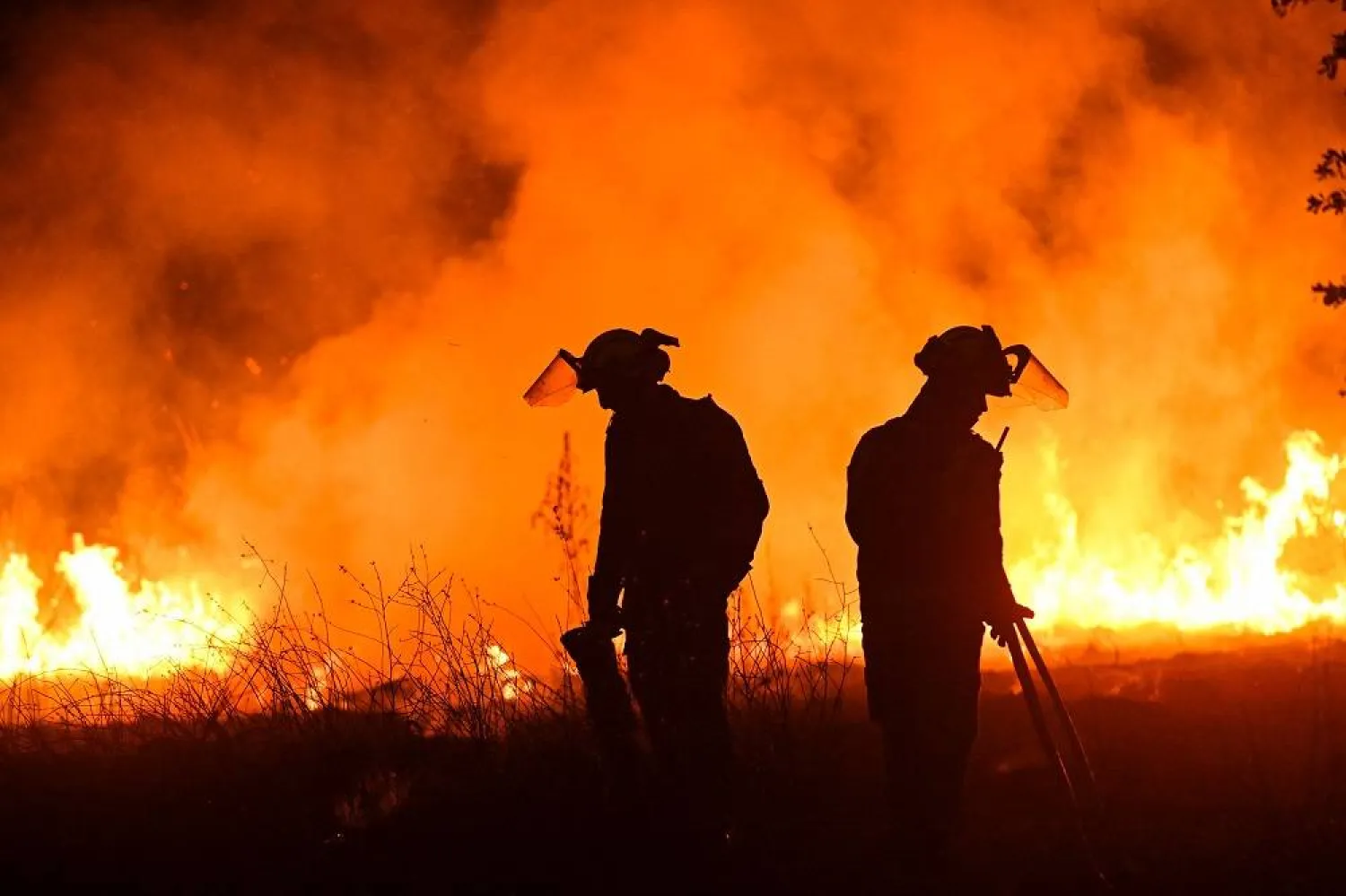Mango lovers' adventure with their favorite fruit ends when they eat it and reach the seed, which ends up in the garbage. However, this disposed of seed could have a high nutritional and pharmaceutical value, and could be used in producing biofuel, as suggested by many recent studies conducted by different teams around the world.
Egypt is the first in the Arabic region, and the eighth in the world, producing mango with 1.2 tons annually, concentrated in the Ismailia and Sharqia governorates, according to the Egyptian ministry of agriculture’s statistics.
Since mango emerged in Egypt, during the rule of Muhammad Ali Pasha, in 1825, mango seeds have been disposed of in garbage bins, making a scene that caught the attention of researchers around the world.
One study was conducted in Nigeria, which produces 917,000 tons of mango annually, by a team at the University of Nigeria’s department of biology, who figured out a way to produce biofuel using this neglected resource (mango seed).
In the study, which was published in last month’s issue of the journal Heliyon, researchers have proved that the starch in the mango seed can be used as an intermediate to produce Ethanol fuel.
The researchers explained that to produce starch, mango seeds need to be dried and grinded, then processed with alum. Then, two-hour hydrolysis involving Sulfuric acid (H2SO4) and Sodium hydroxide (NaOH) should be conducted to produce sugar and ethanol.
In addition to fuel, mango seeds can be used for nutritional and pharmaceutical purposes, such as producing an alternative to cacao butter, according to a study led by a team at the Innovative and Applied Biotherapy Center, India’s Ministry of Science and Technology. The findings were announced in the journal Food Chemistry in March.
Cocoa butter is a vegetable fat extracted from cocoa seeds. It’s characterized with a pale, yellow color, and is used to make chocolate, as well as some ointments, cosmetics, and makeup products.
After examining the tissues and characteristics of fats found in the mango seed kernels, the research team has proved that it can be used as an alternative to cocoa butter.
Researchers found that the characteristics of fats extracted from these seeds are comparable to cocoa butter, including the levels of palmitic, Oleic, citric acids. They also found that the material is 80 percent capable of replacing dark cocoa powder, which means it can be used as an alternative in chocolate-based products.
Another surprising application of mango seeds was discovered in Egypt. Researchers at the microbiology department, in the national research center, found that phenolic antioxidants extracted from mango seeds have a therapeutic effect in treating snake venom.
The study published in the Brazilian Journal of Pharmaceutical Sciences (BJPS), in October 2018, showed that mango seeds extract contains high levels of phenols (17,400 mg/100 grams) and flavonoids (3,325 mg/gram), which are both characterized with high antioxidant activity, and thus, could be considered a potential treatment for snake bites.
Although the research teams proved these findings, Mohammed al-Maydani, associate professor at the engineering and material science at the German University in Cairo, explains that commercializing these ideas needs further study that prove mango seeds have an added value.
“The added value depends on the quantities of disposed seeds. If the quantity is large, it can be exploited in projects with medium or small added value. However, if the quantity is small, the added value should be high,” he explained to Asharq Al-Awsat.
Maydani suggests that based on the quantities of mango seeds wastes, drugs and cosmetics could be the perfect application.
In this context, the associate professor cited an example from The Netherlands, where a company manufactures leather bags using mango peel.
Speaking about the opportunities that such products could offer compared to products made from conventional resources, Maydani said that “the vital, circular economy”, which relies on appreciating and deploying natural wastes, will become a global industrial trend soon, and as many European countries have already started investing in this trend, we must have similar ideas in the Arab world.







